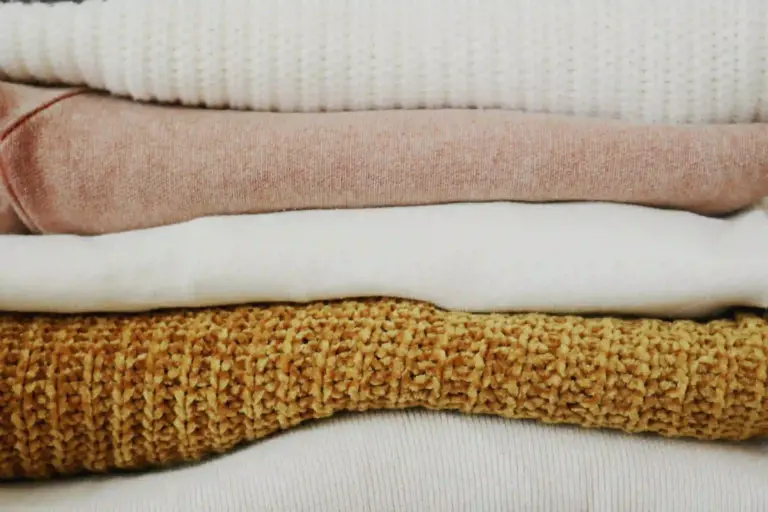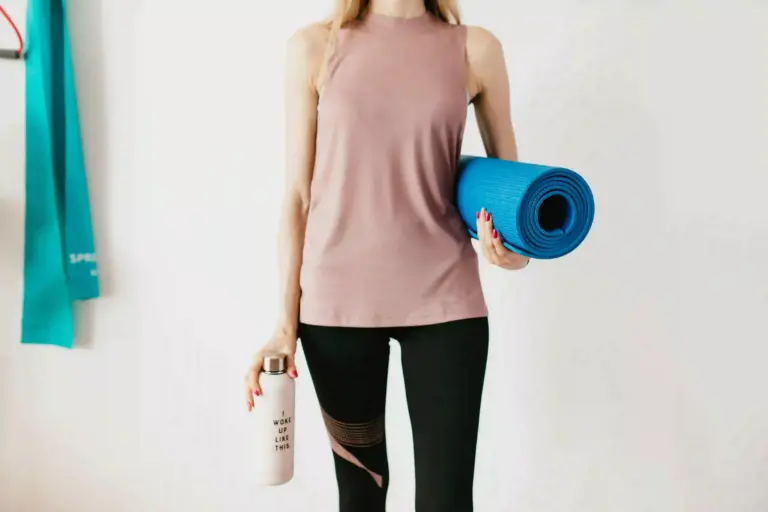For those who love sports, equipment seems to be a topic that can never escape. Every runner may have a preferred equipment list in mind. But for some cross-country running competitions, there is also a strict mandatory equipment list. What is the significance of these mandatory gears that they have to be put in such an important position?
Take the Australian TNF100 (The north face 100KM) which attracts runners from all over the world as an example. The race organising committee’s strict mandatory equipment requirements of more than 30 kinds of equipment has caused extensive discussion. Especially the Thermal underwear which is in the first place makes most of the runners feel confused. Many of them don’t know how to choose this kind of sports equipment, and some runners have never even heard of this kind of sports thermal underwear. Today we’re going to talk about the gear that appears most often on the mandatory equipment list for international trail running races. What kind of clothing is considered “Thermal”?
“As a minimum each participant will need to carry with them at all times the following items :
1 x long sleeve thermal top ( polypropylene , wool or similar ). Cotton , coolmax , lycra and any compression garment will not be sufficient even if the compression garment is called a “thermal compression garment”. You may still use compression garments however they do not replace this mandatory item . Refer to this link for an explanation .
1 x long leg thermal pants ( polypropylene , wool or similar ). Cotton , coolmax , lycra and any compression garment will not be sufficient even if the compression garment is called a ” thermal compression garment “. You may still use compression garments however they do not replace this mandatory item . Refer to this link for an explanation .”
What kind of clothing is recognised as Thermal? In the mandatory equipment requirements for long-distance cross-country races abroad, Thermal appears very often. Runners who regularly participate in international races are no strangers to it. But runners who rarely participate in internationally renowned races may have a lot of questions about it: what exactly is a Thermal underwear? Is it the Thermal product in compression products such as 2xu or skins? Or are they quick-drying underwear labelled “thermal”? Or even fleece underwear? Or a super warm down jacket? The truth is, none of these are the right choices.
Let’s use the Australian TNF organising committee’s explanation of Thermal underwear as an example. The original article goes into great detail: “Long-sleeved thermals (polypropylene, wool or similar fabrics). Cotton, coolmax quick dry, lycra and compression garments are not effective in keeping you warm, even if they are thermal models of a compression brand (e.g. 2xu thermal models). You can still use compression products, however that compression product you are using will not count as mandatory gear.”
In fact, this explanation has already made it very clear. We can be further divided according to this explanation. Generally speaking, there are only two types of materials used in what foreign tournaments refer to as “thermal sports underwear”: those made of polypropylene and labelled as thermal products, and those made of wool. The former is also relatively low in warmth. However, due to its high thermoplasticity, the warmth performance is still higher than polyester and nylon materials, only weaker than the following “wool” warmth performance. The advantage of this type of thermal sports underwear is that it is affordable and has a soft, silky feel. It is often possible to buy a complete set of good quality thermal underwear made of polypro at a low price.
The so-called “wool underwear” of the latter is not the thick jumpers that people wear in winter, nor is it the British casual jumpers that young people wear. The representative material for sports wool underwear is the famous merino wool. This wool is light and warm. It is very waterproof and protects against odors caused by perspiration. Merino wool is used extensively in the manufacture of sportswear. Many of the world’s sportswear manufacturers have a full range of products from long-sleeved merino wool underwear to merino wool gloves. Many professional outdoor brands have also started to develop their own merino wool products. The applications are not limited to trail running. In high-altitude climbing, skiing and long-distance trekking, merino wool is synonymous with the terms “lightweight” and “warmth”.
Then a question arises: why other clothing is not Thermal?Race organising committees are very serious and strict with their mandatory equipment, especially the mandatory equipment that they state they will definitely check. Many people feel that the sports equipment they wear is warmer than what the organising committee requires, such as sportswear made of fleece and down. This will not be allowed by the organising committee and will only lead to one of two results: either they will be kept out of the race or they will be forced to buy expensive original equipment in the race venue. In fact, most of the organising committees have their own reasons for making it compulsory for competitors to wear warm sports gear.
Fleece and down, whilst it is true that they can sometimes be warmer than Thermal, are relatively heavy and difficult to carry. When exposed to water, these two types of sports warming equipment are even less effective. And they don’t work as a snug fit. By the way, fleece jackets (not tight-fitting) can be a real pain for runners if worn close to the body. At first, it is quite warm, but after sweating for a while, the gap between the fleece layer and the skin, which is not close to the body, will generate air flow. In the wind, countless small fleece hairs full of sweat instantly cool down, as if the cold little tentacles like in the cold winter “touch” your skin. The correct way to wear a fleece jacket is to wear a short, quick-drying, breathable T-shirt or sports underwear underneath the fleece, as a warm layer rather than a close-fitting layer.
Next up is the most confusing material of all, polyester. It has many synonyms, such as “quick-drying”, “coolmax”, “lycra”, etc. It is also the material of most people’s running clothes. Polyester is also the material that most people wear for running. This material is also common for aerobic activities at low altitudes or not too cold temperatures. Many brands use it in quick-drying underwear. This material does have the advantage of breathability. However, in long-distance cross-country races with the risk of heat loss, the warmth of these materials is too insignificant. It is worth noting that runners in the purchase of equipment can often see some mixed 80% polyester fibre and then mixed with 20% of the other materials of sports underwear products, and play the name of Thermal in fact in the high-intensity cross-country races wearing such equipment is really a very dangerous behaviour.
In addition, many of the thermal products in the compression brand, although the name of thermal underwear but the material used is still compression nylon and thin fleece. In the real world of outdoor sports, because compression gear is relatively close to the body, like a layer of skin, it will feel warmer than other non-compression gear of the same material. They may work well at lower temperatures, but they still don’t meet the organising committee’s strict rules for thermals from a material point of view.
So finally, how do we determine if the material of a piece of sports clothing meets the Thermal regulations? If you are going to participate in an international trail running event that requires a “long thermal top”, then no matter how much the product description boasts about how warm and deodorising the clothing is, it’s not necessary! No matter how warm or deodorant the product description of the gear you want to buy brags about, if any polyester, nylon or fleece is found on the label, it will be disqualified immediately by the organising committee. Of course, this is not only for the sake of the race, but also for the health of the runners themselves.
As we pull back the threads and reveal the mysteries of clothing materials, we realize that it’s all just not-so-mysterious technological development, and strong marketing. We can of course choose our favourite brands, colors and materials, but we should be clearer about the nature of our choices. As for the compulsory use of equipment in some races, it is also a rule set by the organising committee for safety reasons and needs. As runners, we must have a basic understanding of thermal underwear, so that we can make the most of the sports equipment in the future to help us in the race.












